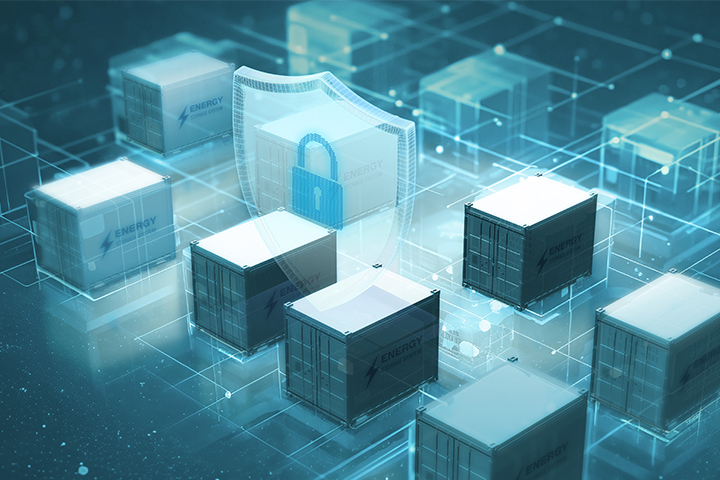Battery Energy Storage Systems (BESSs) are currently receiving significant attention from governmental bodies and the energy sector worldwide in line with the global trend towards sustainable development and energy transition. Notably, numerous governments have heightened their investments in and progress towards large-scale BESS systems.
During 2022, the United States introduced the Inflation Reduction Act (IRA), allocating an impressive USD 370 billion to bolster renewable energy and climate change initiatives. A substantial portion, up to 30% of the investment, was dedicated to energy storage infrastructure. Simultaneously, China set a target of achieving a 30 GW energy storage capacity by 2025 to support the expansion of its domestic energy storage sector. Consequently, energy storage technology is progressively gaining recognition as the fifth pillar of the power grid system, alongside the established pillars of generation, transmission, distribution, and consumption.
An Innovated Power Intelligence Management System
A contemporary BESS has advanced far beyond being a mere charging and discharging system. It has evolved into a sophisticated power intelligence management system that harmonizes “energy flow” with “information flow.” Thus, BESS operations entail supervising batteries, establishing secure network connections to exchange data with power generation entities and the grid, all aimed at optimizing energy consumption. Nevertheless, these advancements introduce new challenges in networking and cybersecurity for providers of power and automation systems. Previously, network transmission primarily required “connectivity.” However, with the deep integration of BESS systems into national power grids, the demands for network availability and security have escalated significantly.
Thankfully, in recent years, industrial network and industrial control cybersecurity technologies have made substantial advancements and seamlessly embedded into various critical infrastructures. Here are four network technology requirements typically considered by BESS providers during system design:
- Monitoring communication indicators within the network: By employing advanced network switches, crucial indicators of point-to-point communication, such as Optical Power and Network Packet Error Rate, can be monitored in real-time. These indicators offer real-time insights into system operations and can also flag potential hardware malfunctions or network disturbances. For instance, irregular optical power levels might signify an imminent failure of the optical fiber transmitter or on-site wiring issues. Early inspection and intervention can prevent communication disruptions and maintain the smooth operation of the BESS system.
- Robust network architecture for high availability: Industrial Ethernet has devised a backup network architecture at the millisecond level to meet the real-time communication demands between BESS and the power grid. This architecture not only ensures real-time and stable transmissions but can swiftly transition to a backup network in the event of network failures, guaranteeing uninterrupted data flow. The PRP/HSR zero packet loss technology can enhance the reliability of the BESS network when interfacing with substations.
- Streamlined IP equipment management for improved network security: Given that large-scale BESSs may incorporate numerous networked devices, the NAT (Network Address Translation) function simplifies IP configuration and management. Through NAT, multiple devices within the same battery storage unit can share an IP address, keeping the internal network hidden from potential intruders and fortifying overall network security.
- Adherence to international cybersecurity standards for industrial control systems: With the growing emphasis on industrial control systems cybersecurity in recent years, various new standards, such as IEC 62443, have gained international acceptance and become prevalent in critical power infrastructures. These standards encompass a comprehensive range of cybersecurity engineering principles for individual products, overall system security, and enduring safety management.
In summary, with the rapid progression of technology and the substantial energy transition momentum, the significance of BESS in power systems is continually escalating. The successful operation of BESS relies on blending expertise across multiple fields, including electrochemistry, automation, and network communication. This interdisciplinary cooperation underscores the necessity of attracting more professionals with diverse industry backgrounds to ensure that BESS technology meets the forthcoming energy requirements while upholding operational efficiency, security, and sustainability.
For further details, kindly visit the Moxa’s Battery Energy Storage System Portal.
- Not Only for Automobiles: Discovering CANbus Technology in Various Industrial Settings - October 29, 2024
- Boost Your Network Performance: An Exciting Manual to PoE Switches! - September 10, 2024
- Understanding Gigabit Switches: Industrial vs Regular Gigabit - September 4, 2024


